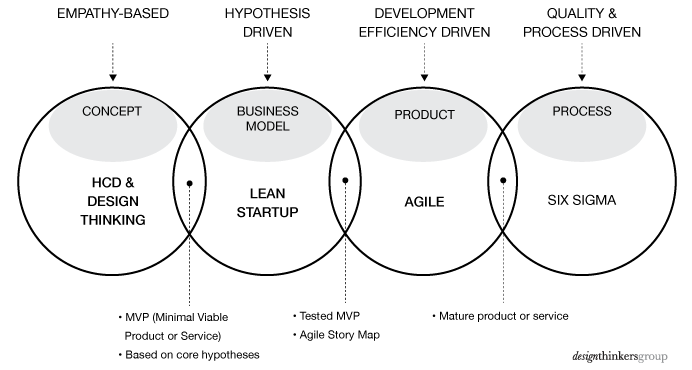We started as a small interior design firm in downtown Michigan, aiming to help home buyers make do with the new space that they had acquired. It soon became obvious that it would make sense to help our clients see beyond the walls and floor plans and be there with them from the get-go. Currently, we offer house realtor, interior design, and architecture services in order to help our customers find their forever homes as seamlessly and painlessly as possible.
User Research Frameworks


Our mission
We're on a mission to change the way the housing market works. Rather than offering one service or another, we want to combine as many and make our clients' lives easy and carefree. Our goal is to match our clients with the perfect properties that fit their tastes, needs, and budgets.
Our vision
We want to live in a world where people can buy homes that match their needs rather than having to find a compromise and settle on the second-best option. That's why we take a lot of time and care in getting to know our clients from the moment they reach out to us and ask for our help.


Our team
Our strength lies in our individuality. Set up by Esther Bryce, the team strives to bring in the best talent in various fields, from architecture to interior design and sales.


Esther Bryce
Founder / Interior designer


Lianne Wilson
Broker


Jaden Smith
Architect


Jessica Kim
Photographer
Design Thinking
Empathize: Understand the user through research and observation.
Define: Synthesize research to define the core problem.
Ideate: Generate a wide range of ideas and solutions.
Prototype: Create low-fidelity prototypes to explore solutions.
Test: Test prototypes with users to gather feedback and iterate.
Lean UX Canvas
Business Problem Statement: Define the business problem you are addressing.
User Segments: Identify the target user segments.
Outcomes and Benefits: Specify the desired outcomes and benefits for users.
Solutions: Propose potential solutions to the problem.
Hypotheses: Formulate hypotheses to be tested.
Assumptions: List assumptions that need validation.
Experiments: Design experiments to test hypotheses.
Results and Insights: Collect and analyze results to gain insights.
Key Differences
Focus: Design Thinking emphasizes understanding and solving user problems through empathy and creativity, while Lean UX Canvas focuses on validating business hypotheses through iterative testing and learning.
Process: Design Thinking follows a more linear process from empathy to testing, whereas Lean UX Canvas is cyclical, emphasizing continuous iteration and feedback.
Tools: Design Thinking uses tools like empathy maps, personas, and journey maps, while Lean UX Canvas uses structured templates to capture and test assumptions and hypotheses.
Key Similarities
User-Centric: Both methodologies prioritize the needs and experiences of the end-user.
Iterative: Both involve iterative processes to refine and improve solutions based on user feedback.
Collaboration: Both encourage cross-functional collaboration to leverage diverse perspectives.
Design Thinking vs. Lean UX Canvas




